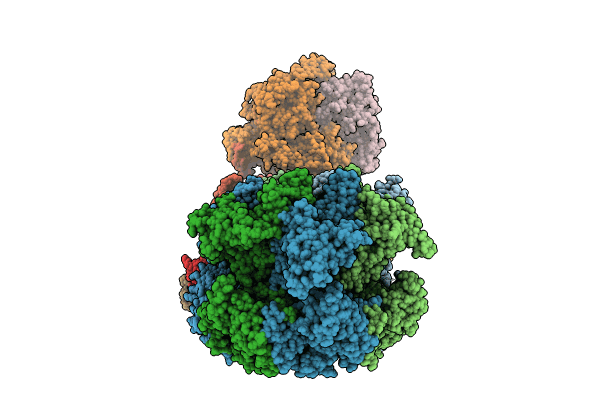
Deposition Date
2023-08-30
Release Date
2023-12-06
Last Version Date
2023-12-06
Entry Detail
Biological Source:
Source Organism:
Saccharomyces cerevisiae (Taxon ID: 4932)
Saccharomyces cerevisiae S288C (Taxon ID: 559292)
Saccharomyces cerevisiae S288C (Taxon ID: 559292)
Host Organism:
Method Details:
Experimental Method:
Resolution:
4.12 Å
Aggregation State:
PARTICLE
Reconstruction Method:
SINGLE PARTICLE


